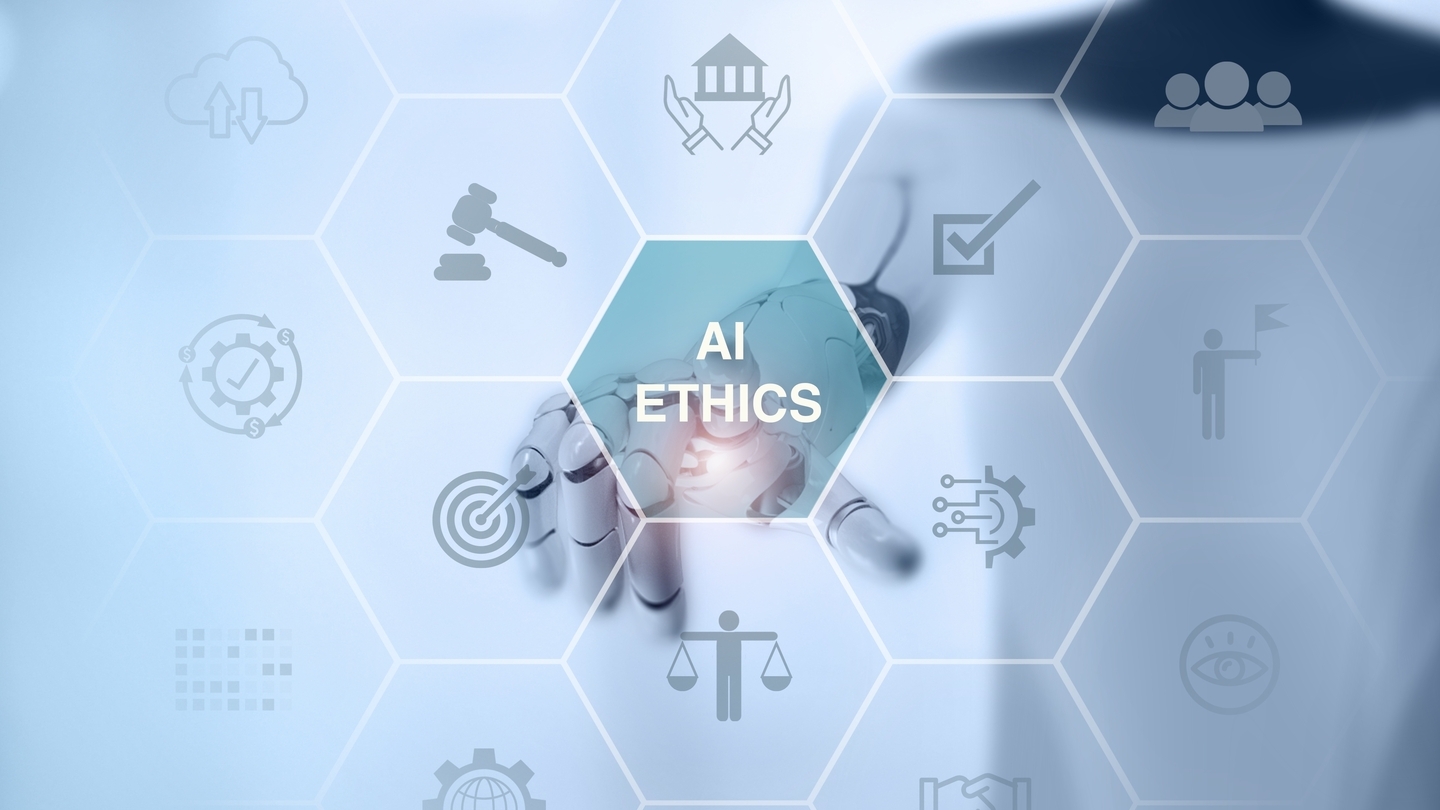Behind the scenes of ITV’s summer hit that has sold all over the world to countries including Germany, Australia and Finland.
The dramatic entanglements of Love Island’s contestants are nothing if not minutely documented. But less well known is how every kiss, mugging off and argument is captured, analysed, clipped and aired for almost instant public consumption.
The fourth season of the hit ITV2 show, produced by ITV Studios, regularly pulls in around three million viewers keen to follow every move of the islanders holidaying in a villa on the east coast of Mallorca.
The matchmaking show is stripped weekdays into hour-long episodes for eight weeks until the end of July and uses a total of 73 cameras, four more than the 2017 season.
The post production demands and fly-away kit has grown too, which - given the confines of the space in and around the villa - forced ITV to...
You are not signed in.
Only registered users can view this article.

Finding our ethical true north on AI: Part II
Part two of our insight into AI ethics and regulation continues with observations on industry efforts around standards and best practices, and why human impact should be the guiding force. James McKeown reports.
/Source - shutterstock_2464837145 (1).jpg)
Digital Catapult: AI innovations to supercharge the creative industries
Accelerated VFX workflows, video game characters you can converse with, and auto-generated visual experiences from sound for XR headsets are just some of the AI innovations devised by start-ups as part of a recent Digital Catapult programme. Adrian Pennington reports.
.jpg)
Neural Radiance Fields – A new approach to 3D modelling
From the chemical, mechanical and electrical process of creating a film, to the rise of virtual production, visual storytelling has always turned to cutting-edge technologies. Now Neural Radiance Fields (NeRF) could replace the traditional technological foundations that broadcasting and film are built upon. IBC365 speaks to leading researcher, Professor Ravi Ramamoorthi.
.jpg)
Future predictions – Part II: Leaders and analysts
The coming year hints at big changes in focus and innovations for the media and entertainment world. With giant leaps in AI advancements, streamlining production and the road ahead for ad-tech, how can vendors meet the demands of the hungry yet cost-conscious consumer, whilst staying ahead of the game? John Maxwell Hobbs gathers more expert insight from leaders and analysts in the second part of our future predictions series.

Future predictions – Part I: Broadcasters and suppliers
As we wrap up 2024, it’s time to consider what lies ahead for the media industry in 2025. John Maxwell Hobbs probed industry executives to share their crystal ball predictions on themes spanning the impact of AI, the transition from hardware to software-based solutions, data security and ways of reaching new audiences.


.jpg)

